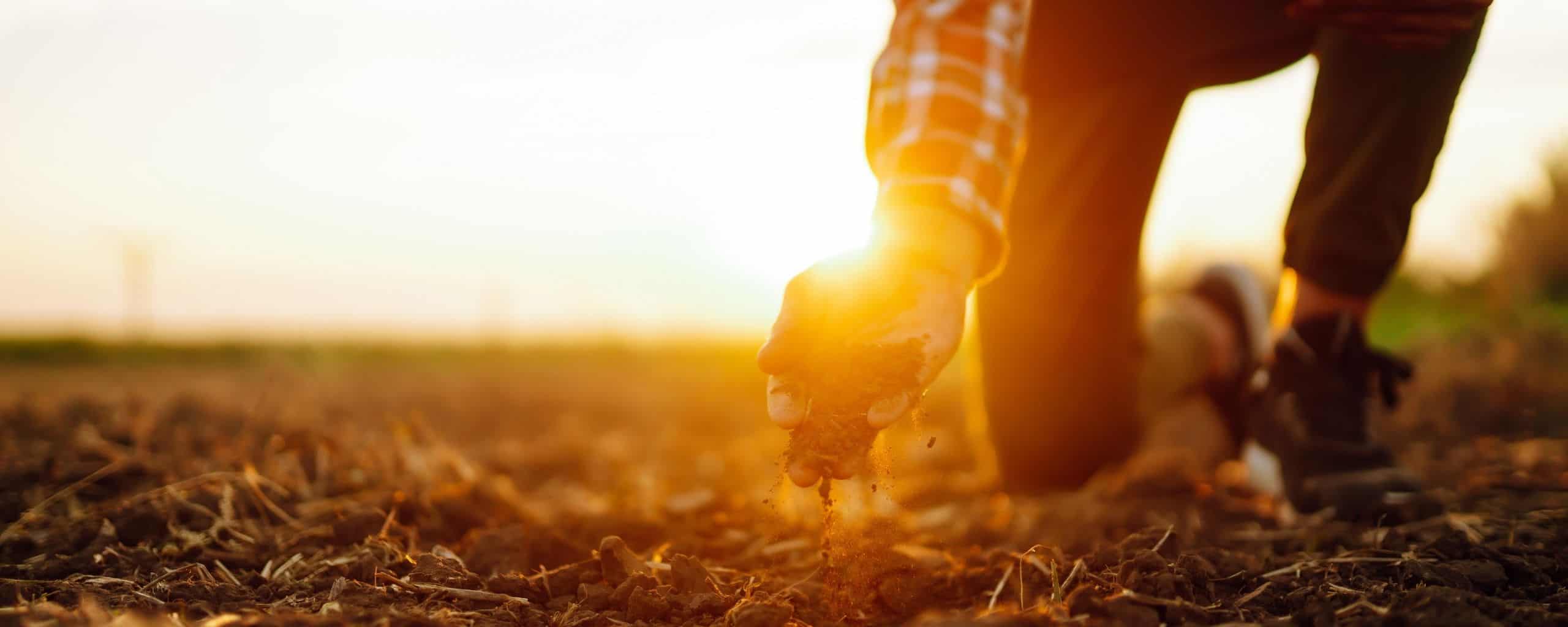
The need to adapt became especially clear to me earlier this year when the long-awaited Land Use consultation was launched. It promised a Land Use Framework for England — a toolkit to guide better decisions about how we use our land. And while we’re still waiting for its publication, it has sparked many a debate and conversation.
One of the biggest wake-up calls has been around food security. Post-Brexit, agricultural support has waned, shaking confidence in domestic food production. Yet, the need to develop our self-sufficiency – especially in fruit and vegetables – is increasingly important. This year alone we have seen significant interest in prime arable land with resilient water supplies — our lack of rainfall impacted crop and forage yields in some parts of the country beyond living memory.
We are now well into the energy transition and while the UK’s goal to source 95% of its electricity from low-carbon sources by the end of the decade is ambitious, its necessary. Of course nobody wants to see a monoculture of solar farms across our countryside and there are some positive adoptions of agrivoltaics — a blend of solar and agriculture enabling land to serve dual purposes.
Development and infrastructure are also reshaping the landscape. With government plans to build 1.5 million homes, some lower-quality green belt land will inevitably be repurposed. Add to that the expansion of roads, railways, broadband and EV charging points, and it’s clear that land use decisions are no longer just about farming — they’re about how we live, move and connect.
Perhaps the most significant change I’ve witnessed around land use is the growing emphasis on environmental recovery. The Environment Act 2021 set ambitious targets for restoring nature, and the introduction of biodiversity net gain and nutrient neutrality will go some way towards balancing new development with nature conservation or indeed enhancement.
There are significant opportunities for inward investment. Last year, Royal London Asset Management invested £260 million in high-grade farmland across Cambridgeshire and Lincolnshire. These 21,000 acres are not just productive — they’re being managed with environmental strategies in mind. It’s a powerful example of how business can choose to effect change as part of an investment strategy.
The most inspiring example of change is Knepp in Sussex. After years of intensive cereal farming on unsuitable soil, Knepp embraced rewilding. Today, its 3,500 acres are a thriving ecosystem, showcasing the power of nature to restore itself when given the chance. From soil health to carbon sequestration, Knepp is a living testament to what’s possible when we let go of outdated practices.
Looking ahead, I believe collaboration is key. Whether it’s across government departments or among farmers and supply chains, we need to work together. Sharing data, solving problems collectively and embracing innovation will be crucial. Land use in England is changing — and rightly so. It’s a complex challenge, but also a remarkable opportunity to rethink how we live with the land, not just on it.
